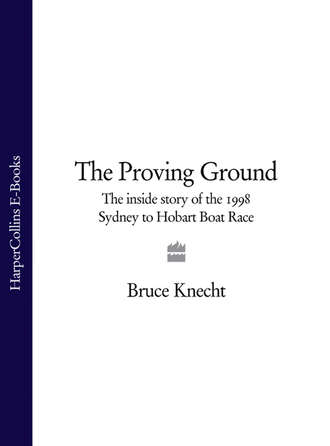The Proving Ground: The Inside Story of the 1998 Sydney to Hobart Boat Race

Полная версия
The Proving Ground: The Inside Story of the 1998 Sydney to Hobart Boat Race
Настройки чтения
Размер шрифта
Высота строк
Поля
Конец ознакомительного фрагмента
Купить и скачать всю книгу

